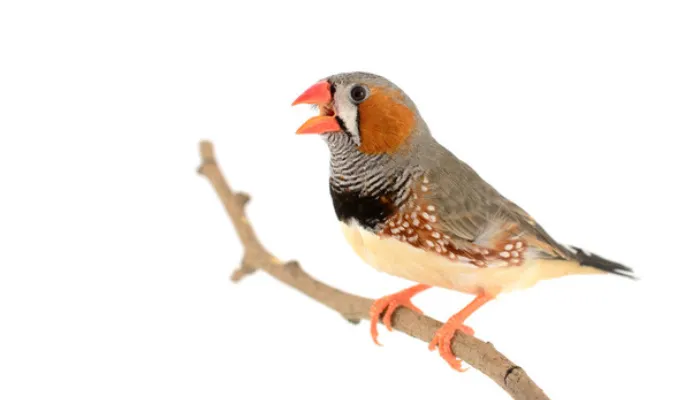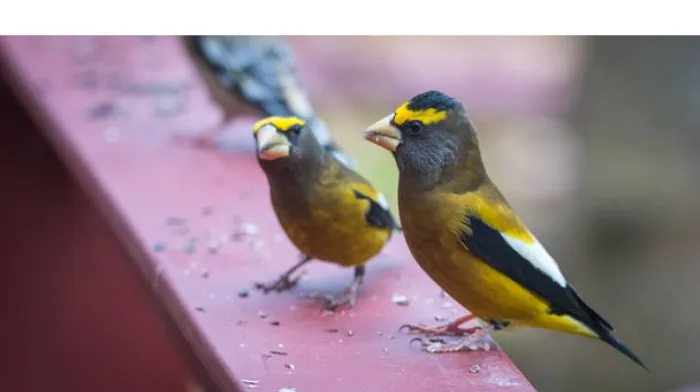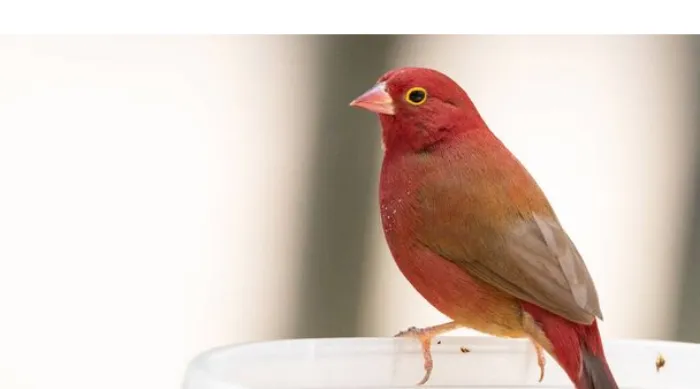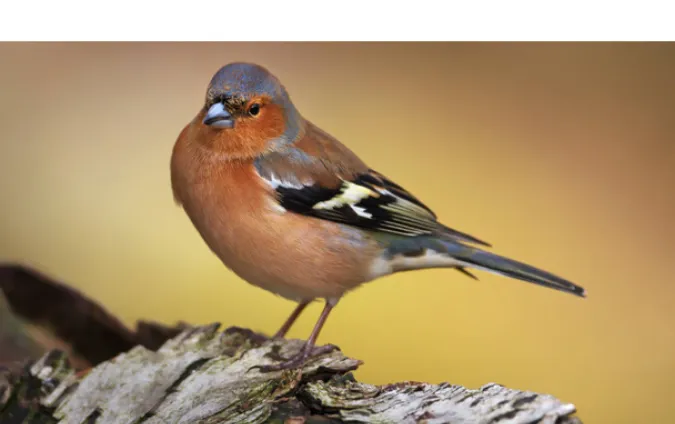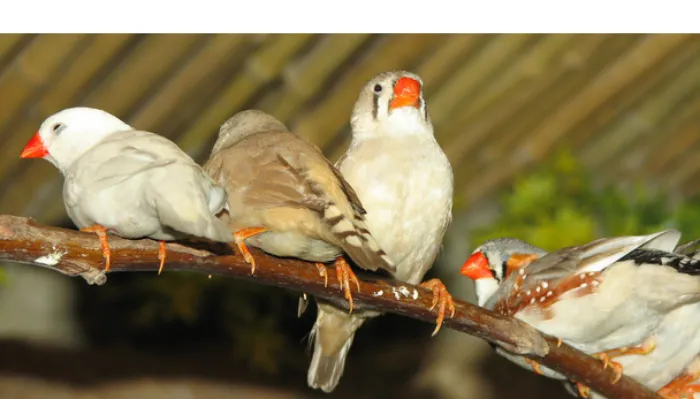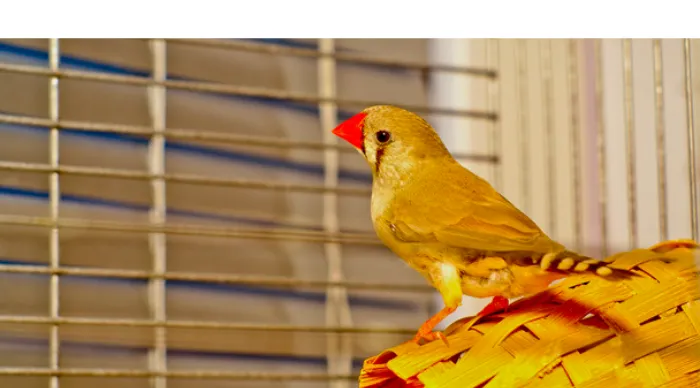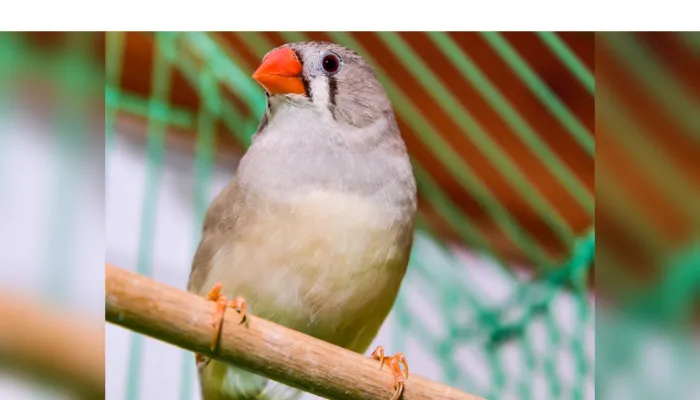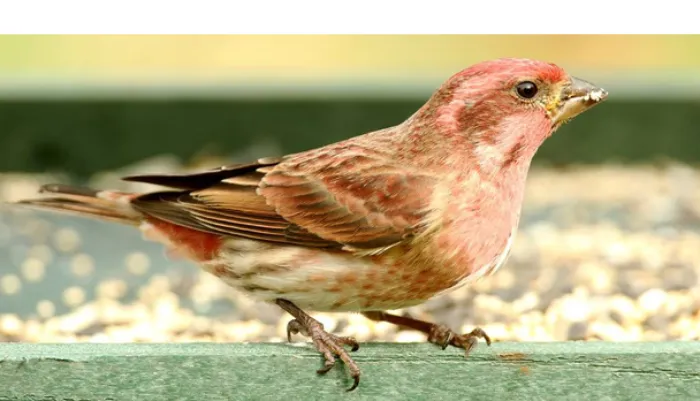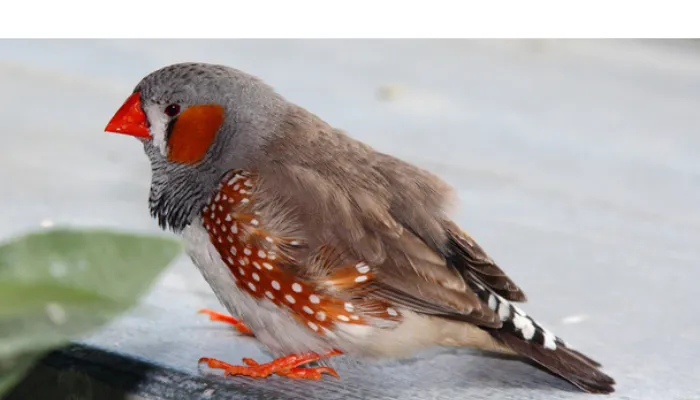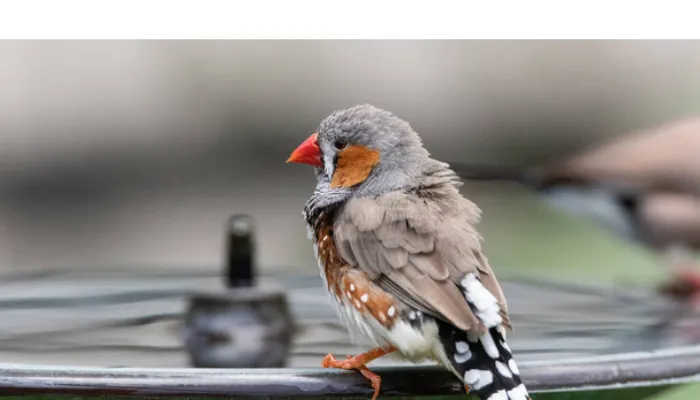Finches, with their vibrant colors and melodious tunes, are popular pets and wild birds across the US, UK, and Canada.
Recognizing pregnancy in finches is an intriguing yet vital aspect of bird care, especially if you plan to breed them.
Understanding Finch Pregnancy involves more than just watching for visual signs. It requires careful observation and even a bit of knowledge about their breeding behavior.
In this article, we’ll delve into detailed signs to determine if your finch is pregnant, the behavior to watch for, and the care they need during this crucial period.
Whether you’re a bird enthusiast or just curious about the world of finches, this guide is crafted just for you.
Understanding Finch Pregnancy
Finches are fascinating creatures with a unique breeding process. But how to tell if a finch is pregnant? And what is the behavior of a finch before laying eggs?
These are questions that many bird enthusiasts find intriguing.
The Breeding Process
- Finches usually mate during their natural breeding seasons, which can vary depending on the species and location.
- Courtship involves intricate dances, songs, and displays by males to attract females.
Duration of Pregnancy
- Pregnancy in finches isn’t the same as mammals. Instead, we observe the period leading to egg-laying.
- How long are house finches pregnant? Well, it generally takes about 10 to 14 days from mating to egg-laying.
Common Myths and Misconceptions
- Many people think finches will breed all year round, but it typically happens in the warmer months.
- What month do finches lay eggs? Most finches lay eggs in the late spring to early summer, though this can vary with indoor breeding.
How To Tell If Finch Is Pregnant
Here are the seven (7) signs indicating a finch is pregnant.
Sign 1. Change in Behavior
One of the first and most noticeable signs that a finch might be pregnant is a distinct change in behavior. Here’s how to decipher this intriguing signal:
Detailed Explanation
- Increased Agitation: A pregnant finch may become more restless or agitated as it prepares for egg-laying.
- Preference for Privacy: You might notice the finch spending more time in secluded areas, particularly near nesting materials.
How to Observe
- Watch Carefully: Keep an eye on your finch’s daily activities and see if there’s a shift in how it interacts with other birds or its surroundings.
- Provide Comfort: If you do notice these signs, ensure a peaceful and comfortable environment. Considering keeping finches outside? Here’s some information on how finches can live outside.
A change in behavior is a strong indication, but it’s also a subtle one. Careful observation and understanding of your finch’s normal behavior can help you recognize these shifts.
Sign 2. Increased Appetite
If you’re curious about how to tell if a finch is pregnant, pay attention to its eating habits. An increased appetite is often a tell-tale sign that a finch is getting ready to lay eggs.
Detailed Explanation
- More Food, Please: A pregnant finch may suddenly show a keen interest in food, eating more frequently and in larger quantities.
- Specific Cravings: You might notice a preference for certain types of food, rich in calcium and protein, essential for egg development.
Appropriate Nutrition
- Provide the Right Diet: Offering a balanced diet with suitable seeds, fruits, and supplements will support the finch’s increased nutritional needs.
- Fresh Water: Ensure that fresh water is always available, aiding digestion and overall well-being.
Increased appetite in a finch is not just about more food; it’s a sign of the underlying physiological changes that are occurring as it prepares to lay eggs. It’s a critical period where proper nutrition plays a vital role.
Sign 3. Nesting Instincts
When a finch is preparing to lay eggs, it’s common to observe changes in nesting behavior. This sign is among the most visible and exciting to watch.
Detailed Explanation
- Building a Nest: A pregnant finch will often start gathering materials and building a nest, even if it hasn’t done so before.
- Choosing a Spot: The finch may become very particular about where it wants to build its nest, often seeking secluded and safe areas.
Providing Proper Nesting Materials
- Offer Options: Provide a variety of materials like twigs, feathers, and soft fabric, allowing the finch to choose what suits it best.
- Safe Spaces: If you’re housing your finches outdoors, make sure to understand how finches can live outside to provide the best environment for nesting.
Sign 4. Abdominal Swelling
A finch’s abdomen may undergo noticeable changes as it approaches egg-laying. Here’s how to recognize and understand this sign:
Detailed Explanation
- Slight Swelling: As the eggs develop, you may observe a gentle swelling in the lower abdomen. It’s not always drastic but can be discernible to an attentive eye.
- Feeling Fuller: The abdomen might feel slightly fuller when gently touched, though caution is required to avoid stress to the bird.
How to Observe Safely
- Look, Don’t Touch: It’s best to observe this sign visually unless you are an experienced bird handler.
- Consult a Vet if Unsure: If you are uncertain or notice any distress in the bird, consulting a veterinarian is wise.
Abdominal swelling in a finch, while subtle, is often a strong indicator of impending egg-laying. This sign, coupled with the other signs we’ve discussed, builds a clear picture.
Sign 5. Changes in Vocalization
Finches are known for their beautiful songs, but did you know that changes in vocalization can be a sign of pregnancy? Let’s see how this works:
Detailed Explanation
- More or Less Singing: Depending on the species, a pregnant finch might sing more or less frequently. It may vary its tunes or even fall silent as it prepares to lay eggs.
- Communication with Mate: If the finch has a mate, there might be noticeable changes in how they communicate vocally during this period.
Understanding Vocal Changes
- Listen Carefully: Tune into your finch’s usual songs and calls, and notice any differences as it approaches egg-laying.
- Record Observations: If you wish to track these changes, jotting down or recording what you hear can be helpful.
Changes in vocalization might seem mysterious, but they’re an essential aspect of a finch’s life, especially during pregnancy. It adds another layer to the delightful complexity of these birds.
Sign 6. Altered Interaction with Other Birds
The way a finch interacts with other birds, especially its mate, can change significantly when it’s preparing to lay eggs. Here’s what you might notice:
Detailed Explanation
- Closer to Mate: If there’s a mate, a pregnant finch may become more attached or protective, spending more time together.
- Avoiding Other Birds: Conversely, the finch may also become more solitary, avoiding other birds in its vicinity.
Understanding Social Dynamics
- Watch Their Behavior: Observing how the finch interacts with its mate or other birds can reveal telling signs of pregnancy.
- Respect Their Space: If you notice these changes, ensure that the finch has enough space and privacy to feel comfortable.
This shift in social dynamics is intriguing and speaks volumes about these birds’ instinctive wisdom as they prepare for the new phase in their lives.
Sign 7. Changes in Droppings
Yes, you read that right! The appearance of a finch’s droppings can actually provide clues about its health and, in this context, pregnancy. Here’s what you might observe:
Detailed Explanation
- Consistency and Color: The droppings may change in consistency and color, often becoming slightly looser or darker.
- Frequency: You may notice an increase in the frequency of droppings, linked to the increased appetite we discussed earlier.
What to Do
- Monitor Without Stressing the Bird: This sign should be observed with care, ensuring that the bird’s comfort is not compromised.
- Consult a Vet if Needed: Seek professional advice if the changes are drastic or accompanied by other signs of distress.
While perhaps unexpected, changes in droppings can be an essential part of understanding a finch’s overall health and readiness to lay eggs.
Frequently Asked Questions (FAQ)
Q1. What is the Behavior of a Finch Before Laying Eggs?
Finches often display nesting behavior, increased appetite, and changes in vocalization before laying eggs.
Q2. What Month Do Finches Lay Eggs?
Finches typically lay eggs in the spring or early summer, but it can vary depending on the species and environmental factors.
Q3. How Long Are House Finches Pregnant?
House finches are not technically “pregnant” but carry eggs. The egg development process usually takes around 1-2 weeks.
Q4. How Can I Make My Finch Comfortable During This Period?
Providing proper nesting materials, sufficient food, a safe environment, and understanding tips like how to keep finches warm at night can help.
Q5. Is It Normal for a Finch to Lay Eggs Without a Mate?
Some female finches can lay unfertilized eggs without a mate, although these eggs will not hatch.
Q6. How Many Eggs Will a Finch Lay?
Finches usually lay between 4 to 6 eggs per clutch, but it can vary by species.
Q7. Can I Handle the Finch During This Time?
Handling should be minimized to avoid stress, but occasional handling may be acceptable if you’re experienced and gentle.
Q8. What If I Notice Signs of Distress in My Finch?
Consulting a veterinarian or an experienced bird handler is crucial if you observe any signs of discomfort or distress in your finch.
Conclusion
Recognizing the signs of a finch’s pregnancy (or more accurately, egg-bearing) is a blend of observation, understanding, and empathy.
Whether you’re a birdwatcher, pet owner, or just someone curious about these delightful creatures, these insights provide a window into the intricate and enchanting world of finches.
From the physical changes to behavioral shifts, understanding these signs requires attention and care. It’s not just about knowing when a finch is preparing to lay eggs, but also about appreciating the natural wisdom and instincts that guide these birds.
